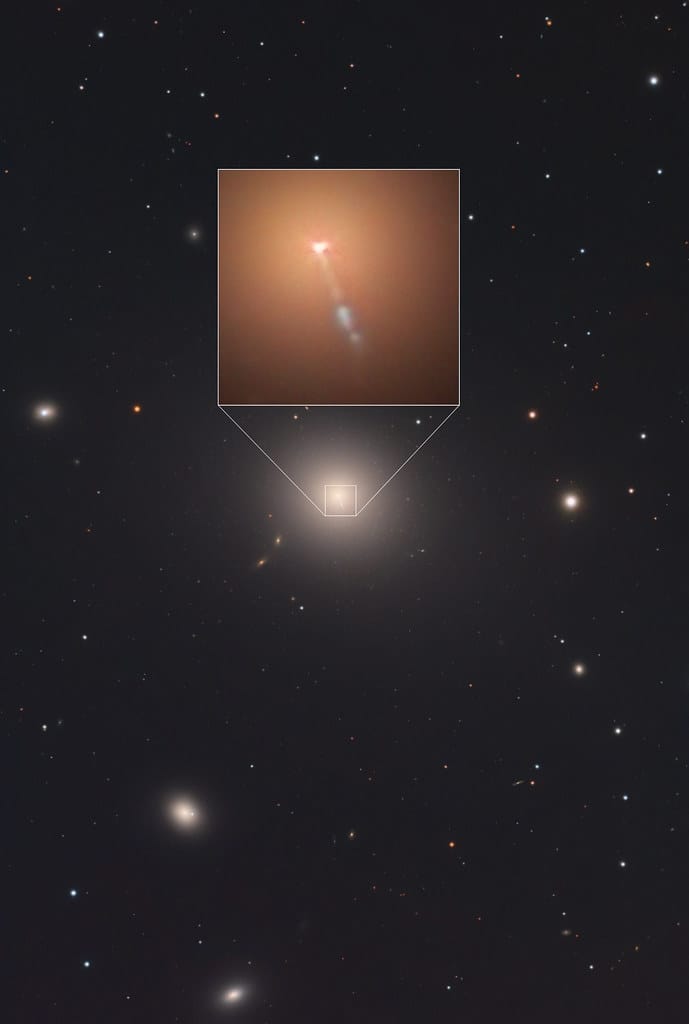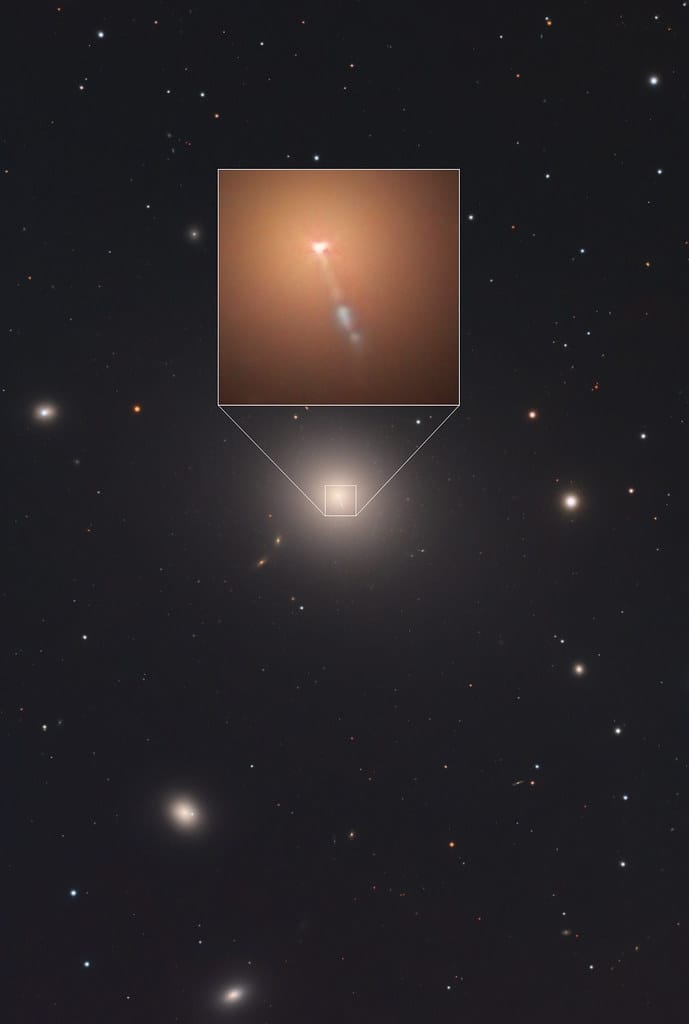Our Galaxy's Monster Black Hole Is Spinning at Mind-Bending Speed—Here's What That Means
Scientists have discovered that Sagittarius A*, the supermassive black hole lurking at the heart of our Milky Way galaxy, is rotating at nearly the maximum speed allowed by Einstein's theory of relativity. This cosmic behemoth, with a mass equivalent to 4.3 million suns, spins so fast it's dragging the very fabric of spacetime along with it—a phenomenon that could reshape our understanding of how galaxies form and evolve.
A Cosmic Speed Demon 4.3 Million Times More Massive Than Our Sun
Using data from NASA's Chandra X-ray Observatory and the Event Horizon Telescope, an international team of researchers has determined that Sagittarius A* (pronounced "Sagittarius A-star") rotates at approximately 60% of the theoretical maximum spin rate. At this velocity, the black hole completes one full rotation every few minutes, despite having an event horizon roughly 15.5 million miles across.
To put this in perspective, if Earth spun at a comparable rate relative to its size, a day would last mere seconds instead of 24 hours. The sheer scale and speed of this rotation creates what physicists call "frame-dragging"—literally twisting spacetime like honey being stirred with a spoon.
The Frame-Dragging Effect: When Black Holes Twist Reality
This extreme rotation generates one of Einstein's most exotic predictions: gravitational frame-dragging, or the Lense-Thirring effect. As Sagittarius A* spins, it drags spacetime around with it, creating a cosmic whirlpool that affects everything in its vicinity.
"The black hole is spinning so fast that it's pulling space and time around with it," explains Dr. Ruth Daly, lead researcher on the study published in the Monthly Notices of the Royal Astronomical Society. "This has profound implications for how matter and energy behave near the black hole."
The frame-dragging effect extends far beyond the black hole's event horizon, potentially influencing star formation and the movement of gas clouds throughout the galactic center. This discovery helps explain some previously puzzling observations about the chaotic environment surrounding our galaxy's core.
Revolutionary Detection Methods Unlock Cosmic Secrets
Measuring the spin of a black hole 26,000 light-years away presents extraordinary challenges. The research team employed two complementary approaches:
X-ray Analysis: By studying the X-ray emissions from hot gas spiraling into Sagittarius A*, scientists could detect the subtle signatures of frame-dragging. The twisted spacetime creates characteristic patterns in how this high-energy radiation propagates outward.
Radio Wave Observations: The Event Horizon Telescope network, famous for capturing the first image of a black hole, provided crucial data about the magnetic field structure around Sagittarius A*. The orientation and strength of these fields directly correlate with the black hole's spin.
This multi-wavelength approach represents a breakthrough in black hole astronomy, offering unprecedented precision in measuring properties that were once considered unmeasurable.
Implications for Galaxy Formation and Evolution
The discovery has far-reaching consequences for our understanding of cosmic evolution. Supermassive black holes like Sagittarius A* don't exist in isolation—they actively shape their host galaxies through a process called feedback.
When black holes spin rapidly, they can launch powerful jets of particles and energy that extend for thousands of light-years. These jets heat surrounding gas, either triggering new star formation or shutting it down entirely. The rapid spin of our galaxy's central black hole suggests it has been actively feeding and growing throughout the Milky Way's 13.6-billion-year history.
"This tells us that Sagittarius A* has been efficiently accreting matter and possibly merging with other black holes over cosmic time," notes Dr. Daly. "It's a key piece of the puzzle in understanding how our galaxy became what it is today."
What This Discovery Means for Future Space Science
This breakthrough opens new avenues for testing Einstein's general relativity in the most extreme environments in the universe. As detection methods improve, scientists expect to measure black hole spins with even greater precision, potentially revealing new physics beyond our current theories.
The rapid spin of Sagittarius A* also provides a natural laboratory for studying quantum effects near black holes and could help resolve long-standing paradoxes about how information behaves when it falls past an event horizon.
For humanity's cosmic perspective, this discovery reinforces that we live in a dynamic, interconnected universe where the most extreme objects shape the very structure of reality itself. Our galaxy's monster black hole isn't just a passive gravitational anchor—it's an active participant in the cosmic dance that makes life possible.

